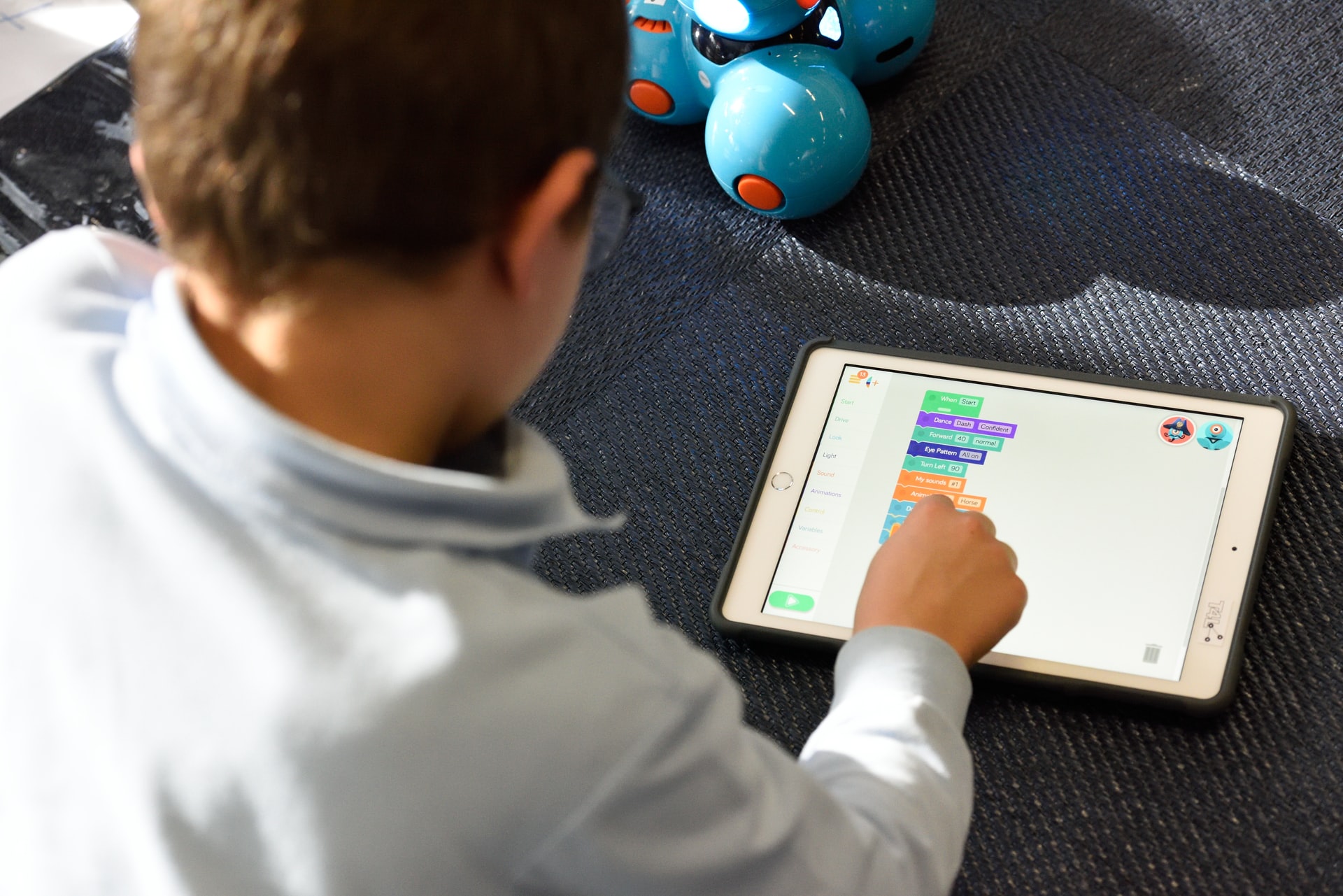Coaching In The Digital Age

Teachers have used technology to improve student education in the classroom, and now it’s time for managers to do the same. How? Through professional teacher learning, trainers (digital, instructional, data, and more) can leverage technology to maximize their influence. Traditional coaching tactics can also be supplemented with digital tools to encourage successful technology utilization in the classroom. A continuance of counseling can be accomplished using Elena Aguilar’s Coaching Cycle and Google’s Five-Step Coaching Model, both of which are circular in design. As a result, digital instruments inside the cycle can support the development of new abilities and understandings.
Digital Goal-Setting Tools
Goal setting or defining a goal with the instructor is the very first step of coaching. Digital technologies can undoubtedly help to speed up this procedure. Coaching choice panels and a shared thinking space are two useful tools.
Coaching Selection Committees
You can make a coaching choice board with any tool you’re familiar with; we prefer Google Slides or Jamboard. What’s the appeal of a coaching selection board? It gives the teacher a starting point. You can also incorporate school-specific programs and skill-based themes. We advocate incorporating elements that support the 4Cs Framework or ISTE standards.
Brainstorming Areas in Common
Following the selection of a general location to begin your training sessions with the teacher, the following step is to create a shared environment for idea generation. Google Docs and Jamboard are two simple tools. We prefer to use Jamboard’s sticky note feature to write down ideas and categorize them to establish clarity for the next actions with instructors. You and the teacher must establish clear, shared objectives and actions. Using these online technologies simplifies the process and allows for quick communication.
Selection and Implementation of Digital Tools
Several digital tools might help you continue working with your teacher during the choose and execute part of the coaching process. Wakelet provides an area for teachers to publish classroom resources and might be a source that instructors return to in the future. Padlet is a digital bulletin board where you can post materials for your instructor. Furthermore, these technologies are collaborative, so you may both share resources and ideas. Padlet could be used by your instructor to publish “reviews” on things they’ve used, providing you with useful input. Finally, a choice board, which could be in the format of a Google Doc, Google Slide, or a Padlet, is a terrific method to give resources to your educators. Choice boards, like Wakelet and Padlet, are a location where your instructors can select a source to learn about it more.






